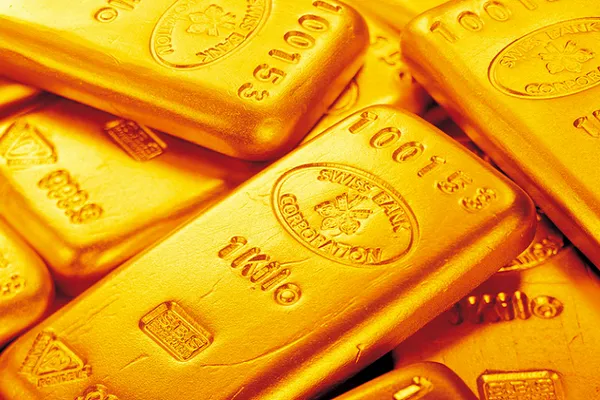Gold prices fell by more than 1% on Monday, reversing gains from a five-session rally. The drop was primarily attributed to profit-taking among investors and the announcement of Scott Bessent as the new U.S. Treasury Secretary under the incoming Trump administration.
Spot gold declined by 1.52% to $2,671.29 per ounce as of 0501 GMT, while U.S. gold futures fell 1.5% to $2,672.90. Earlier in the session, spot prices had reached their highest levels since November 6.
According to Yeap Jun Rong, a market strategist at IG, “Gold’s five-day rally paused due to some profit-taking and the news of Scott Bessent’s appointment as Treasury Secretary. His anticipated approach to tariffs and trade policies could ease U.S.-China trade tensions, which has tempered the demand for gold as a safe-haven asset.”
Impact of Treasury Secretary Appointment
President-elect Donald Trump’s choice of Bessent signals a potentially moderate stance on international trade, contrasting with Trump’s previous campaign rhetoric. Trump had proposed imposing a 60% tariff on Chinese imports and a minimum 10% levy on all other foreign goods.
Gold is traditionally viewed as a safe-haven investment, especially during periods of economic and geopolitical uncertainty. However, signs of reduced trade tensions and a more predictable fiscal environment under Bessent may lessen the metal’s appeal.
Key Economic Indicators Under Scrutiny
Investors are closely monitoring upcoming U.S. economic data, including the Federal Reserve’s November FOMC meeting minutes, GDP figures, and core Personal Consumption Expenditures (PCE) data, all scheduled for release this week.
The CME FedWatch Tool indicates that traders currently assign a 56% probability to a 25-basis-point rate cut in December, down from 62% the previous week.
Yeap Jun Rong explained, “Signals of a less dovish U.S. monetary policy and potential inflation surprises could support a decision to hold rates steady in December. This outlook may dampen the prospect of further rate cuts, contributing to the downward pressure on gold prices.”
Interest Rate Expectations and Gold’s Appeal
Higher interest rates typically reduce the attractiveness of non-yielding assets like gold. Some Federal Reserve policymakers recently expressed concerns that progress on inflation may have stalled, advocating for a cautious approach to future rate adjustments. Others, however, emphasized the need to maintain the current trajectory of rate cuts.
Should the Fed adopt a more hawkish stance in response to stronger economic indicators, it could further weaken gold’s appeal to investors seeking returns.
Geopolitical Tensions in the Middle East
On the geopolitical front, escalating violence in the Middle East added complexity to the global economic landscape. Hezbollah launched heavy rocket attacks on Israel on Sunday, following an Israeli airstrike in Beirut that reportedly killed at least 29 people. Damage was reported near Tel Aviv, heightening regional tensions.
While such conflicts often bolster safe-haven assets like gold, the broader market focus remains on U.S. monetary policy and trade developments, which are currently exerting a stronger influence on prices.
Performance of Other Precious Metals
The decline in gold prices was mirrored in other precious metals. Spot silver fell by 1.7% to $30.77 per ounce. Platinum experienced a 0.83% drop, settling at $955.25, while palladium slipped 1% to $999.15 per ounce.
These metals also face downward pressure from profit-taking and shifting expectations about interest rates. Similar to gold, they tend to lose appeal in environments with rising interest rates, which increase the opportunity cost of holding non-yielding assets.
Market Outlook
The near-term outlook for gold and other precious metals will likely be influenced by upcoming economic data releases and Federal Reserve policy signals. Investors are particularly focused on any indications of inflation trends and the Fed’s stance on interest rates.
If the economic data points to stronger-than-expected growth or persistent inflation, it could reduce the likelihood of further rate cuts. In turn, this would weaken the case for holding gold as a hedge against economic uncertainty.
Yeap Jun Rong concluded, “While geopolitical tensions can provide intermittent support for gold, the broader direction will depend on U.S. monetary policy and the global trade environment. A more stable outlook on these fronts could limit upside potential for precious metals in the short term.”
Conclusion
Gold’s recent decline underscores the delicate balance between economic data, policy expectations, and geopolitical developments. While the metal remains a key safe-haven asset, its performance in the coming weeks will largely hinge on the Federal Reserve’s actions and the evolving U.S.-China trade landscape. Investors will be closely watching these factors to gauge the future trajectory of gold and other precious metals.
Related topics:

